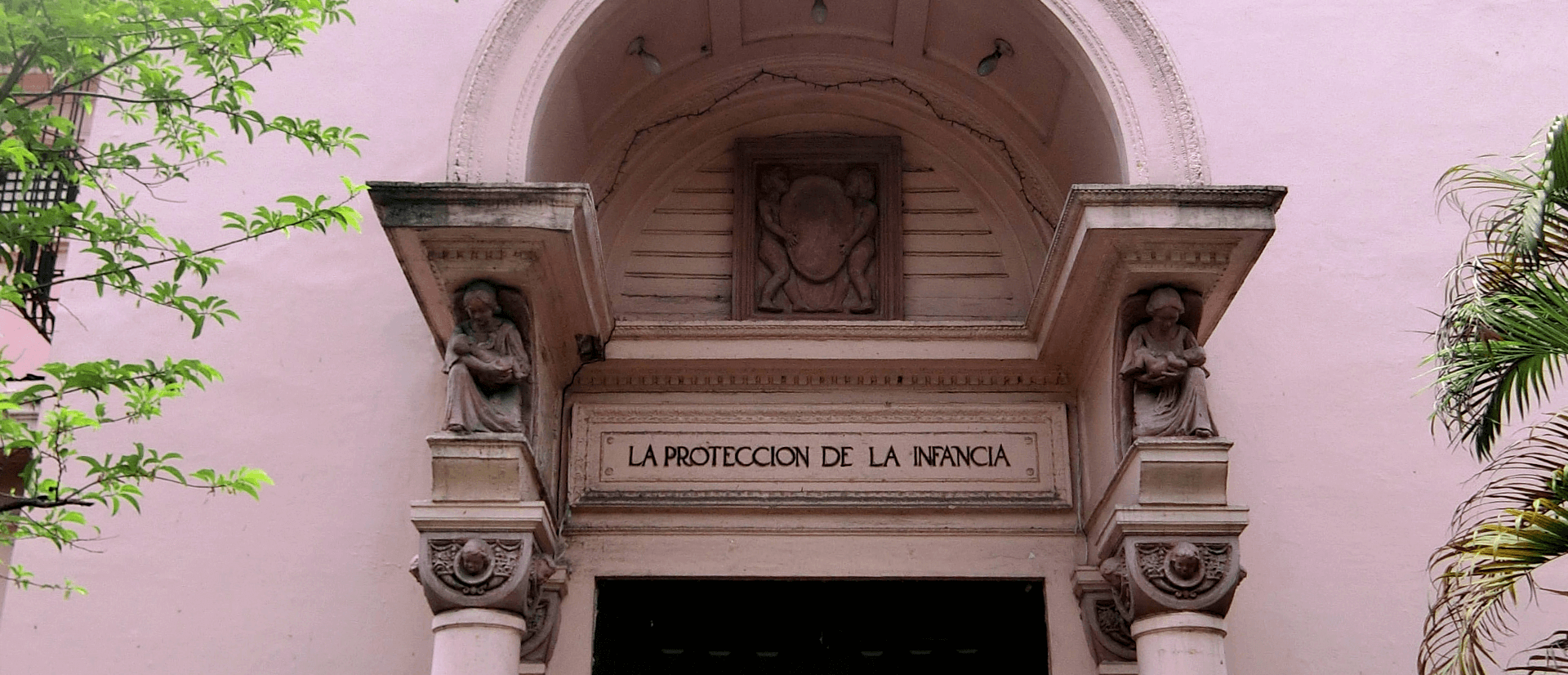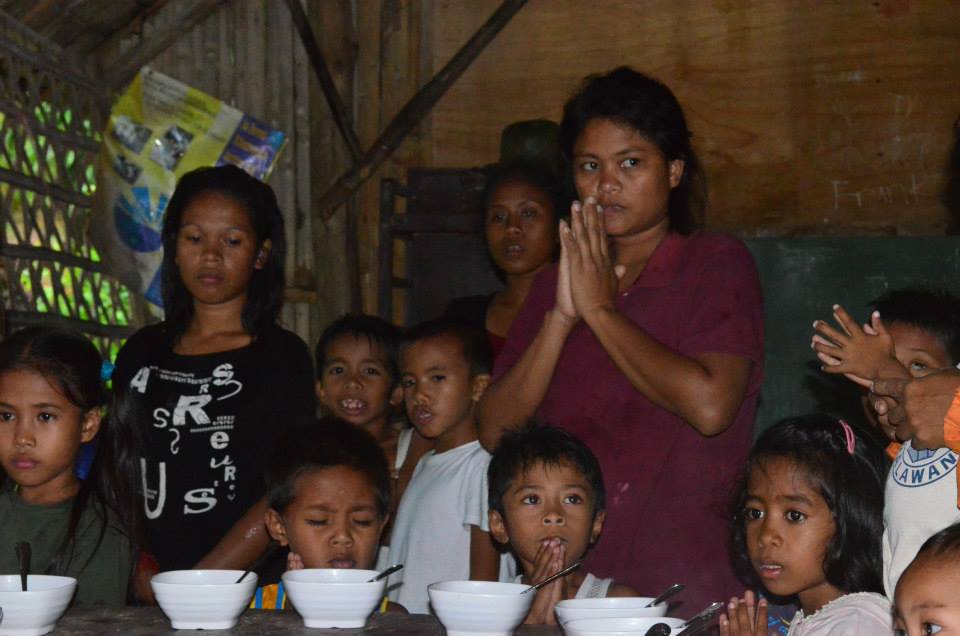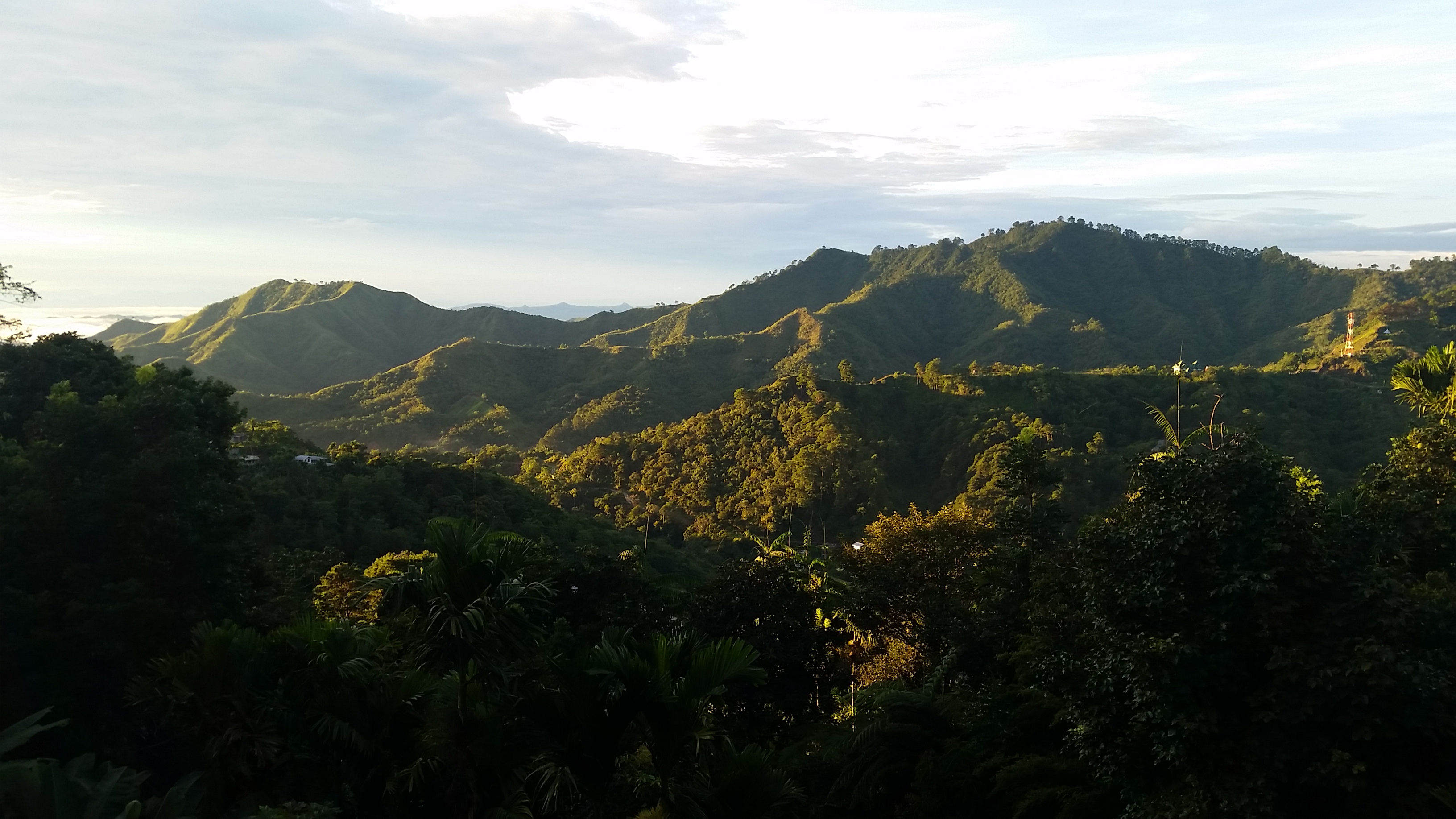News
The Special Challenges of Maintaining and Restoring Gota de Leche

A structure with history and heritage has more than distinct architectural details making it different from modern-day constructions. This holds true for our century-old building. Many who have visited Gota de Leche describe feeling an atmosphere of intensity and purpose to the space that as soon as they set foot in it.
Gota de Leche has been successful not only in maintaining the building’s original purpose for over a century, but also in utilizing practical ways to keep up with the times. Placing value on the past is an important ingredient of heritage architecture. More importantly, it is key to a progressive society.
Addressing climate change
In its original form, Gota de Leche had no need for air conditioning. While the building looks European, it was built with a tropical setting in mind. Circular windows near the ceiling and wide-shuttered capiz doors take advantage of the way warm air goes up to keep the lower part of the building cool.
Today, we have to deal with the very real threat of climate change creating either unbearably hot spaces or destroying properties with floodwater (Gota de Leche was severely affected by Typhoon Ondoy). Planting trees, putting up roofed sheds, and using mechanical means to keep cool are just a few modern ways for the staff and beneficiaries to beat the heat. More plans are underway to address the possibility of flooding.
Harnessing nature
With its sizable front yard, the staff planted a vegetable garden to provide additional nourishment for Gota de Leche’s feeding programs. Recycling is strictly implemented in the premises. A composting system enriches the garden soil, as well as keeps garbage disposal problems to a minimum.
The abundance of sunshine and rain water also offer possibilities of a self-sufficient system that depends more on sustainable and renewable energy rather than the continuous high consumption of electricity and water.
Re-focusing on security, safety, and privacy
Before its restoration in 2002, the building was severely run-down and defaced in many parts. Now that it has been restored to its former glory, security and safety have become top maintenance issues. A CCTV system and a security staff keep vandals and potential thieves at bay. Old wires and plumbing were replaced, and lights are being replaced by a LED system for more energy efficient illumination.
In the past, the large capiz windows were constantly open to let cool air in, but they are now kept shut most of the time. The administration also implemented an ID system for easier identification and a more organized feeding system.
Treating termites and other infestation
When heritage specialists and architects first inspected the building for restoration, they were pleased to find that its overall construction was still sturdy, given that the materials were not prefabricated unlike with most modern-day buildings. However, termites wrought havoc on most of the wooden trusses. The upper level originally had a wooden floor, but it was replaced with concrete and re-tiled for added durability. Today, there are regularly scheduled pest control and treatment to address the issue of infestation.
Consistent research and documenting
Gota de Leche proudly advocates heritage preservation and offers it as one of its key programs. Being a UNESCO heritage site makes it an outstanding example. However, the work doesn’t stop at being declared as such; constant research and documentation are required so that others can learn from the building’s history and special challenges. A team of architects and building experts are constantly studying what improvements can be done (and have been done, restoration and repurposing-wise) to keep Gota de Leche standing for another century (at least!), and for the people behind it to keep doing the good work they do.
Thinking like the original architects
Perhaps the most important challenge in heritage architecture is to put yourself in the shoes of the structure’s original architects. This involves rising above the current mentality of merely “upgrading”; that is, following current, short-sighted trends of box-like buildings that will likely be torn down in a couple of decades.
Heritage architecture sees the bigger picture, always. Contemporary architects may have their own distinct styles that set them apart, but those specializing in heritage structures remain true to the vision of the original architects when they designed the building. More people need to realize that it is an integral part of history and not just another structure adding to thousands more like it.
Committing to maintenance and care
Does the Gota de Leche building have what it takes to face another century of spreading the milk of human kindness? We believe it does. The Gota de Leche building stands proud as the very symbol of commitment which the people behind the institution has always been about. Recognizing what the institution has done in the past and continues to do and committing to care for the building is a must for this to continue.



